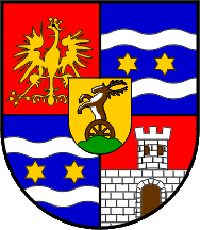Major Trends for E-Government in Europe
Georg E. Schäfer
Ministry of Interior
Baden-Württemberg
70173 Stuttgart, Germany
Abstract
After the EU services directive was put into force on December 29th, 2009, the EU became one of the most important drivers in e- Government. A Single Point of Contact (real and in the Internet), several large scale projects like e-document and an e-Government Action Plan are notable activities. The roll-out of the Internal Market Information System to now more than 6.000 competent authorities shows how communication between the European member states is working electronically. EU ranking of e- Government will be changed, as the many EU applications of the ISA-program give all member states similar values. A drawback is the lack of homogenous eID services across Europe.
Many member states see a necessity for open government: valuable knowledge bases and a real participation of citizen in an overall transparent political decision making process becomes vital to achieve economic success.
The example of Germany shows the advantage of establishing e-Government in the constitution. Across the German states e- Government projects are planned and brought into production. Nationwide standards adopted to EU e-Government standards make development and/or provision of services easier and faster.
Further development would be helpful, like e.g. a government cloud for standardized services or an open source office communication product for European citizen to download.

This work is licensed under a Creative Commons Attribution 3.0 License.
Copyright (©) 2007 - 2015. Faculty of Organization and Informatics. All Rights Reserved.












